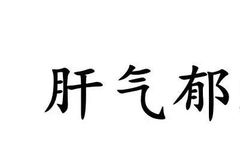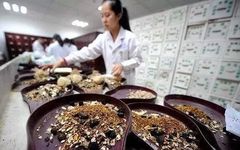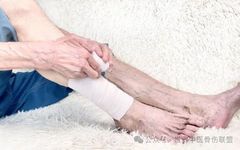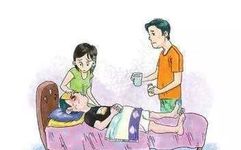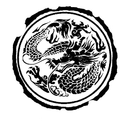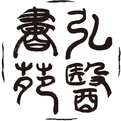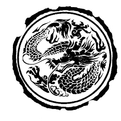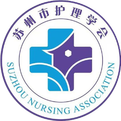Understanding Liver Disorders: Stagnation of Liver Qi, Liver Fire, Liver Yin Deficiency, Liver Blood Deficiency, and Blood Stasis
“The liver is the general of the body, from which strategies emerge!” The liver can be considered the great general of the human body, but it is also quite fragile; if not careful, dysfunction of the liver and gallbladder may occur. What are the manifestations of liver dysfunction? How should it be treated?1. Stagnation of … Read more

